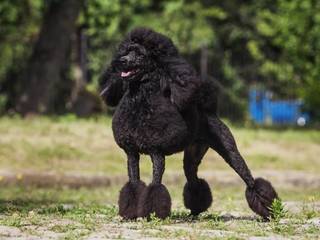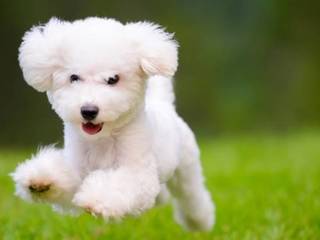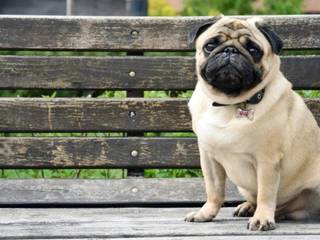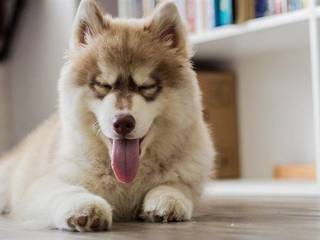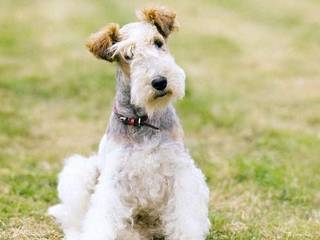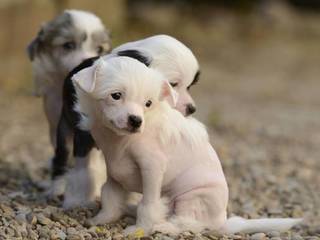The excitement of getting a new puppy is unparalleled! While selecting the ideal puppy for your lifestyle can be intimidating at first, rest assured that there are many breeds to choose from that will surely suit your preferences. If you live in an apartment, it's important to consider certain factors when picking your puppy. For instance, if your walls are thin, you may want to opt for a breed that is less vocal. Additionally, if there aren't many walking paths or dog parks in the vicinity of your apartment, it may be best to go for a breed that can fulfill its exercise needs through indoor play or games like fetch. Here we will discuss some of the best breeds of dogs for apartments to help you make an informed decision.
Here are some of the key things to consider when looking at a puppy or breed:
Size: Generally speaking, smaller breeds are better suited for apartment living than larger dogs as they don't require as much room and won't make the apartment feel too crowded.
Energy level: a high- energy breed may be more difficult to tire out in a smaller living space, so instead, a low to moderate-energy level breed may be best.
Noise level: Some breeds are known to be quite a bit more vocal than others, so you may want to consider a breed that is known for being on the quieter side if you have neighbors close by.
Here are some of the best breeds of puppies for apartment living:
Bichon Frise
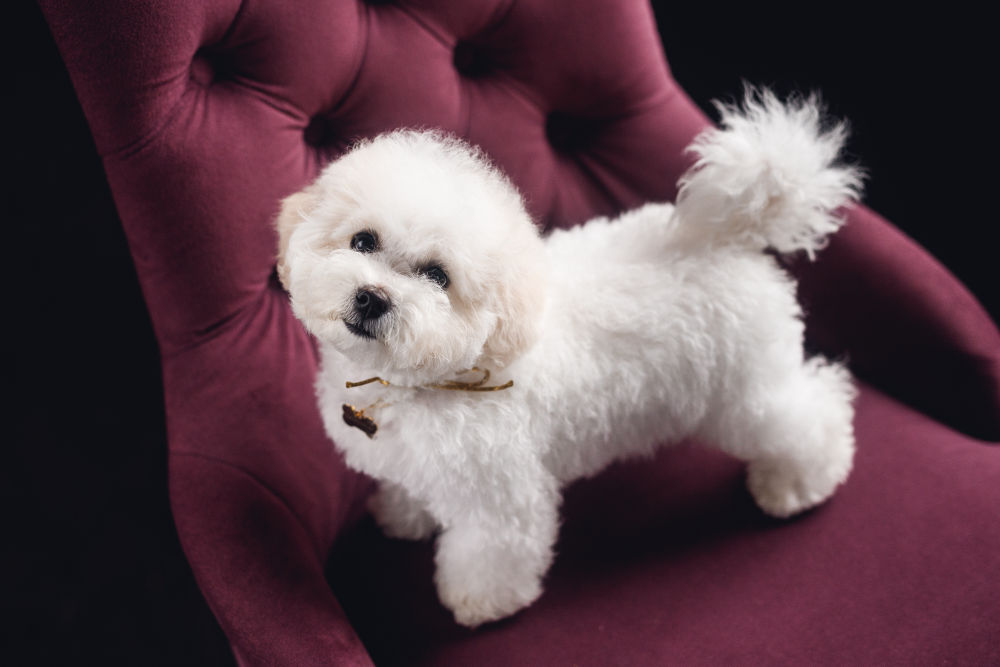
Bichon Frises are exceptionally good dogs for apartments because they are small, generally well-behaved, and easily trainable dogs. They are active little puppies, but they can get their daily exercise needs met by simply running around the living room a few times and going for a short walk around the block. Most will adapt to their owner's lifestyle, so if you like to go hiking on the weekends, you can be sure that your little Bichon will want to join you. Because of their happy and good-natured temperaments, some Bichon Frises may bark when they are excited. It will be important to keep this in mind and start training early on to avoid any undesirable barking behaviors that could be troublesome in an apartment setting.
English Bulldog
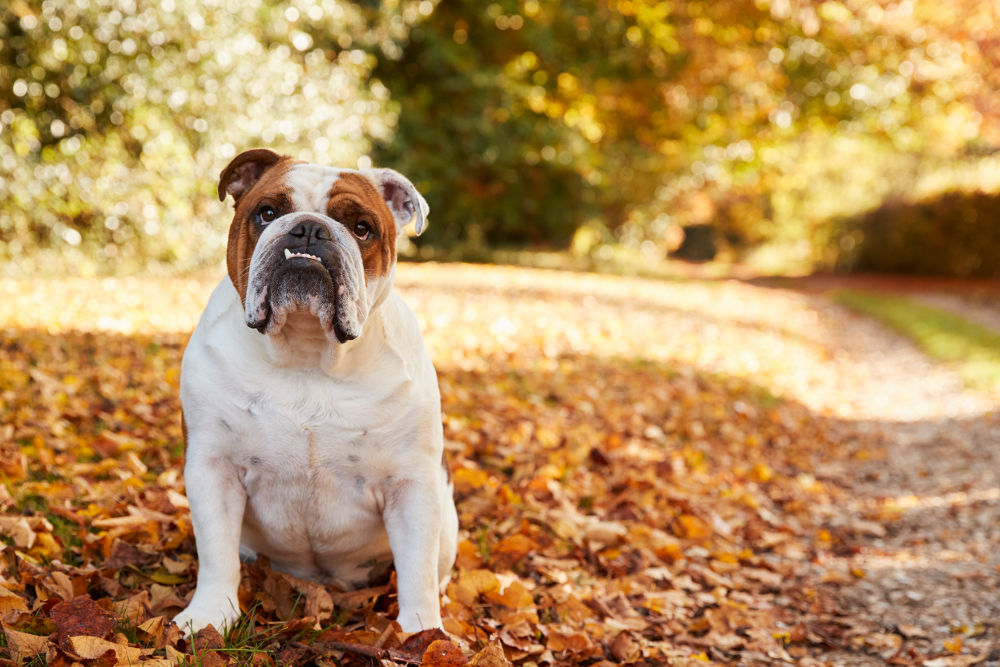
The English Bulldog is a breed of domestic dog with a muscular build and a wrinkled face. They are known for their friendly and docile personalities and are often referred to as "lap dogs" due to their desire to be close to their owners. But they are definitely one of the heavier lap dogs as they can weigh upwards of 50 pounds! English Bulldogs typically are very calm and laid-back pups who would love nothing more than to just spend the whole day cuddling on the couch. However, they can easily become overweight, so it is important to still make sure they get at least one good walk a day or an energetic play session. Because of the shape of their faces, English Bulldogs can sometimes face breathing difficulties as well as easily overheat in hot weather. It will be important to keep a close eye on your pup during exercise and inclement weather.
French Bulldog
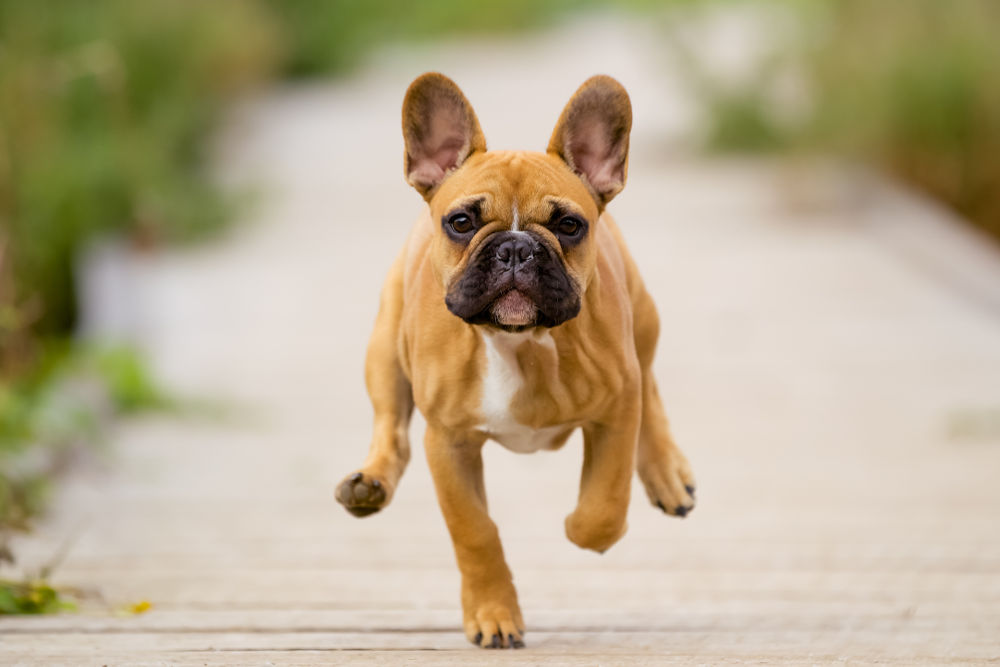
The French Bulldog is a small to medium-sized breed of domestic dog. They are stocky, muscular dogs with smooth, short coats. They are growing increasingly popular thanks to their friendly, playful personalities. Frenchies are intelligent and adaptable, and they make great companions for families with children. They are also relatively low-maintenance dogs that are easy to groom and care for. Frenchies are known for their large, erect ears and their signature "bat" face, which gives them a distinctive, and incredibly cute appearance. They come in a variety of colors, including fawn, brindle, white, and black. Frenchies are generally healthy, but they can be prone to certain health problems, such as respiratory issues and hip dysplasia. Similar to their cousins, the English Bulldog, the Frenchie can suffer from breathing difficulties, so it is important not to overdo it with exercise.
Pug
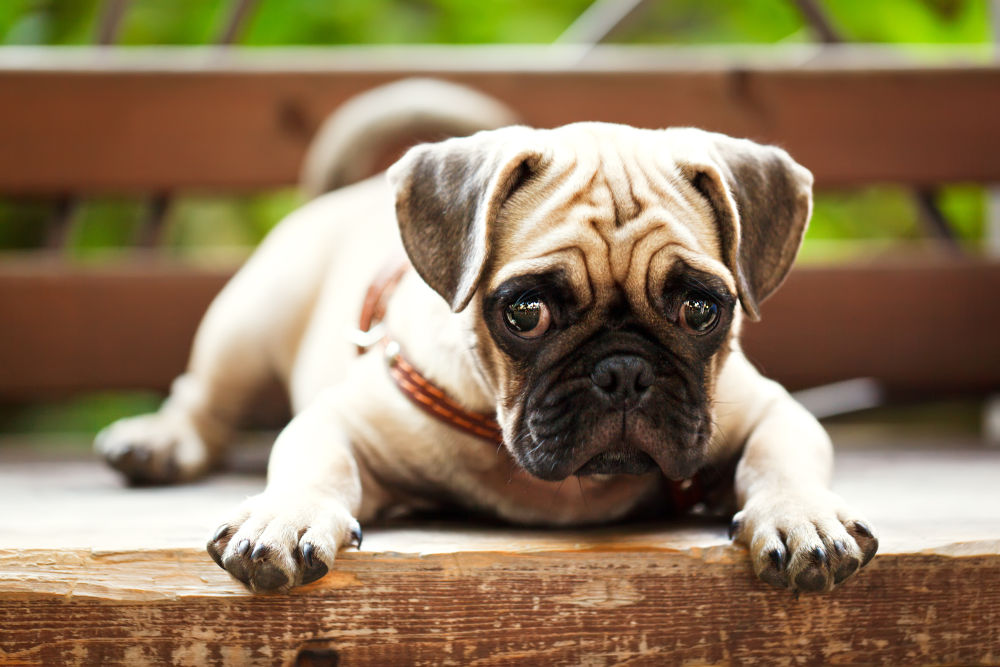
The Pug is a small breed of dog with a flat, wrinkled face and curled tail. They are known for their playful, charming personalities and their sturdy build. Pugs are generally good with children and make great companions. They are intelligent and can be trained to do tricks and obey commands, but they can also be a bit stubborn at times - especially when you are trying to trim their nails! Pugs are prone to certain health problems due to their short snouts and stocky bodies, like respiratory problems and arthritis. They have minimal exercise requirements, so a short, brisk walk and a few play sessions a day should do the trick.
Whippet
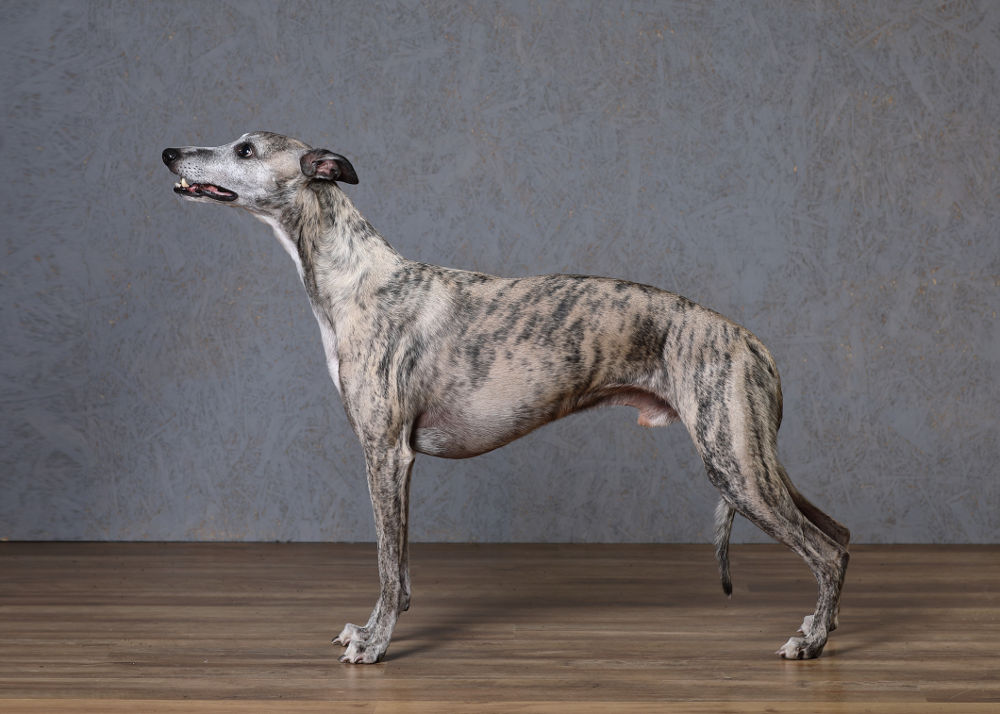
The Whippet is a breed of dog that is smaller than a Greyhound but has a similar appearance. They are athletic and graceful and were originally bred for racing and hunting small game. They are known for their speed and agility and are often used in racing and lure coursing events. Now, you may be wondering why a fast and athletic breed of dog is listed as a good puppy for an apartment. Well, beyond their athleticism, Whippets are known for being intelligent and affectionate dogs that are easy to train. Moreover, they are generally good with children and other pets and are known for being calm and gentle in the home. As long as their daily exercise and play needs can be met outside, they will be sure to be great puppies for an apartment.
English toy spaniel
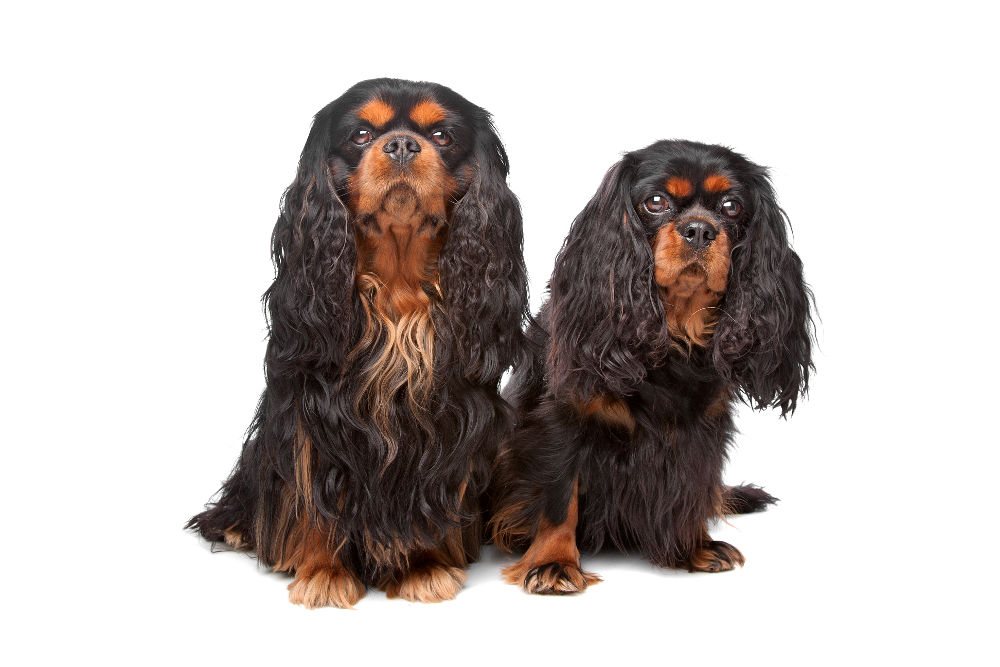
The English Toy Spaniel is a small breed of dog that has a long, silky coat and a round, expressive face. They are often referred to as "Charlie Chaplins" due to their playful and comical nature. These dogs are intelligent and easy to train, making them a great choice for first-time dog owners. They are affectionate and crave attention from their owners, and are known to be lap dogs that enjoy cuddling and being carried around. English Toy Spaniels are also good with children and make great family pets. They are adaptable to different living situations, whether it be an apartment or a house with a yard. They are low maintenance in terms of grooming, only requiring occasional baths and brushings to keep their coat looking shiny and healthy. Overall, the English Toy Spaniel is a loyal and loving companion that is sure to bring joy to any household.
Japanese Chin
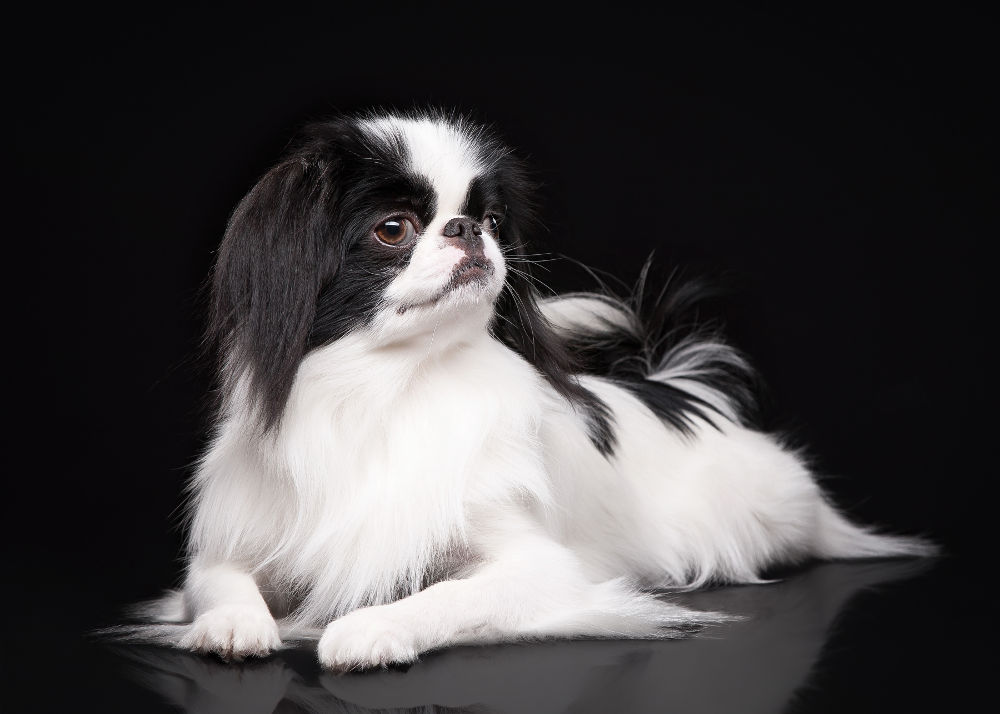
Japanese Chins are small, compact dogs that are well-suited to living in an apartment. They typically weigh between 4 and 9 pounds, so they do not take up much space at all. Additionally, they are low-maintenance dogs that do not require a lot of exercise, making them well-suited to life in an apartment where there may not be a lot of space to run and play. Japanese Chins are also generally quiet dogs that do not bark excessively, which is important in an apartment setting where noise can be an issue. They are also good with children and make great companions for people who live alone. Finally, Japanese Chins are intelligent and easy to train, which makes them well-suited to living in a small space where they need to follow certain rules and boundaries.
Boston Terrier
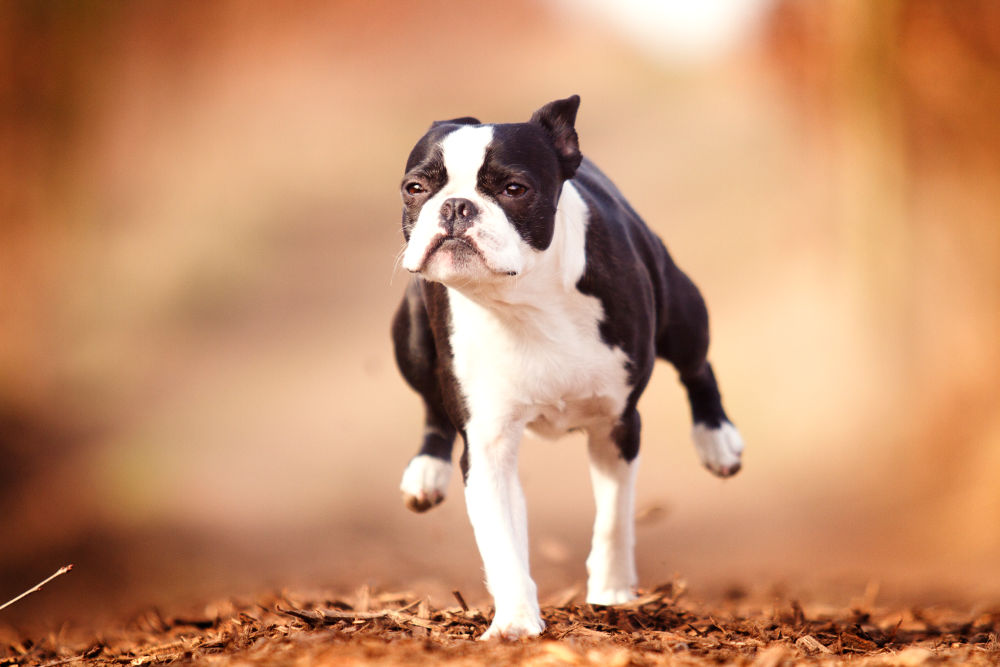
Boston terriers are known for being good apartment dogs because they are small in size and have a moderate energy level. They are generally calm and well-behaved, and they do not require a lot of space to be happy. They are also quiet dogs and do not bark excessively, which can be an important consideration for apartment living. They may bark to alert their owners of something, but they are not prone to continuous barking like some other breeds. Additionally, Boston terriers are intelligent and can be easily trained, which can make them more suitable for living in close quarters with people. Overall, their small size, moderate energy level, calm temperament, and ease of training make them a good fit for apartment living.
Chinese Crested
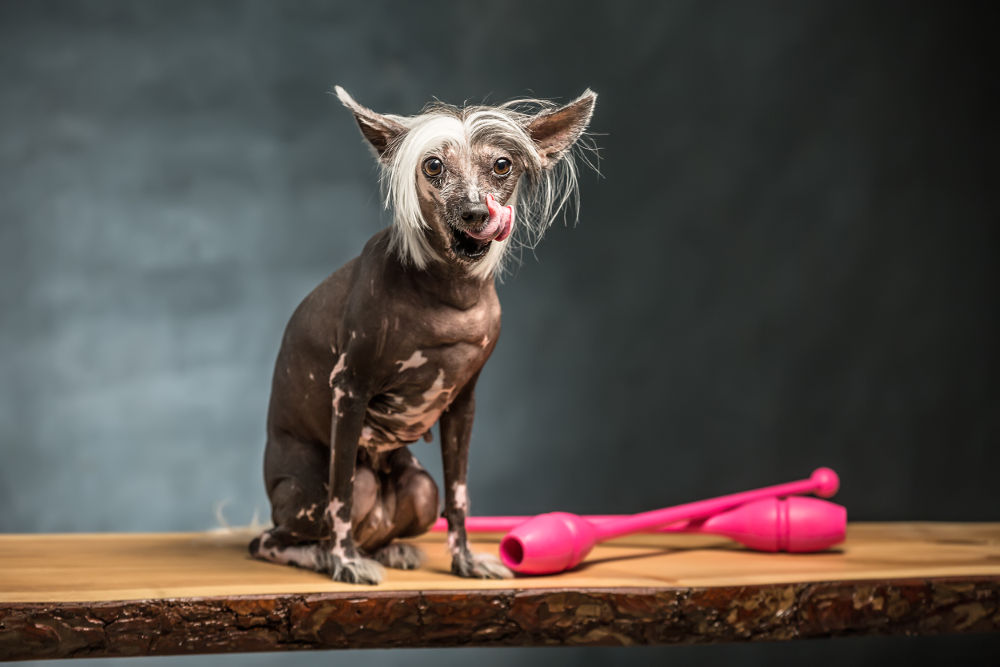
The Chinese Crested is a small breed of dog that is known for its distinctive appearance. It has a hairless body, except for a few tufts of hair on its head, paws, and tail. Chinese Crested dogs can make good apartment dogs as they are small and generally active indoors. They are known to be affectionate and good with children, and they do not require a lot of space to move around. However, they do have a lot of energy and will need to be exercised regularly to prevent boredom and destructive behavior. There are numerous indoor enrichment activities you can try as well, such as puzzle toys, DIY snuffling mats, and more.
Cocker Spaniel
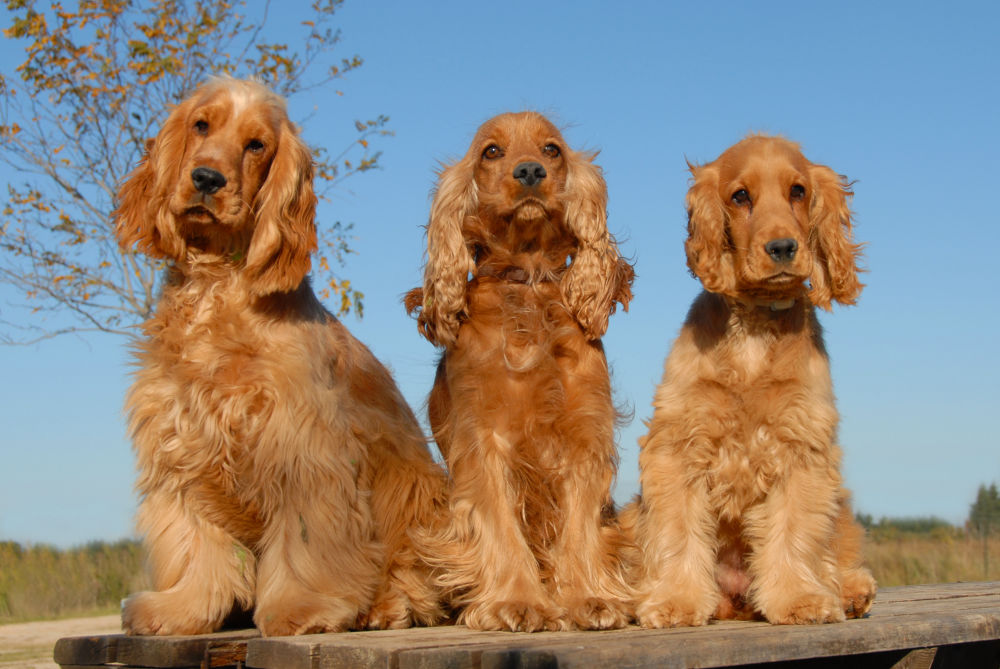
The Cocker Spaniel is a delightful breed known for its energetic and friendly personality. These small to medium-sized dogs are perfect for families with children due to their intelligence, affectionate nature, and eagerness to please, which makes them easy to train. They have a beautiful fluffy coat that requires regular grooming to maintain its luster.
While Cocker Spaniels can adapt to apartment living, it's important to keep in mind that they are energetic dogs that need daily walks and playtime to stay happy and healthy. They may also be prone to barking, so it's essential to train them to be quiet on command to maintain harmony in an apartment setting. With proper training and exercise, a Cocker Spaniel can be a wonderful companion in an apartment setting.
Coton de Tulear
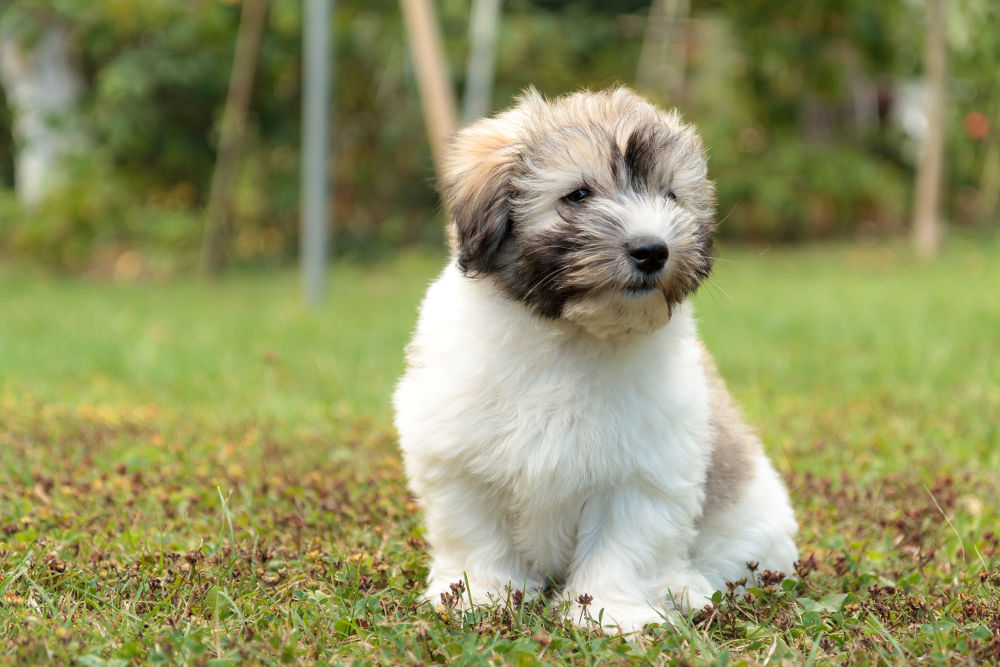
The Coton de Tuléar is a delightful small breed of dog known for its fluffy, cotton-like coat that is often white or light cream in color. With friendly and affectionate personalities, these dogs are great companions for families with children. They are intelligent and easy to train. They are also generally patient and gentle, making them a good fit for a variety of households. In addition to their playful and energetic nature, Cotons are also known for their good health and can live a long life of up to 15 years or more with proper care. Compact and lightweight, Cotons only weigh between10-20 pounds, so they don't require a lot of space. As long as they receive plenty of exercise every day, they can thrive while living in an apartment setting. Whether through regular walks or visits to the dog park, it's important to make sure these energetic pups have plenty of opportunities to play and stay active.
Italian Greyhound
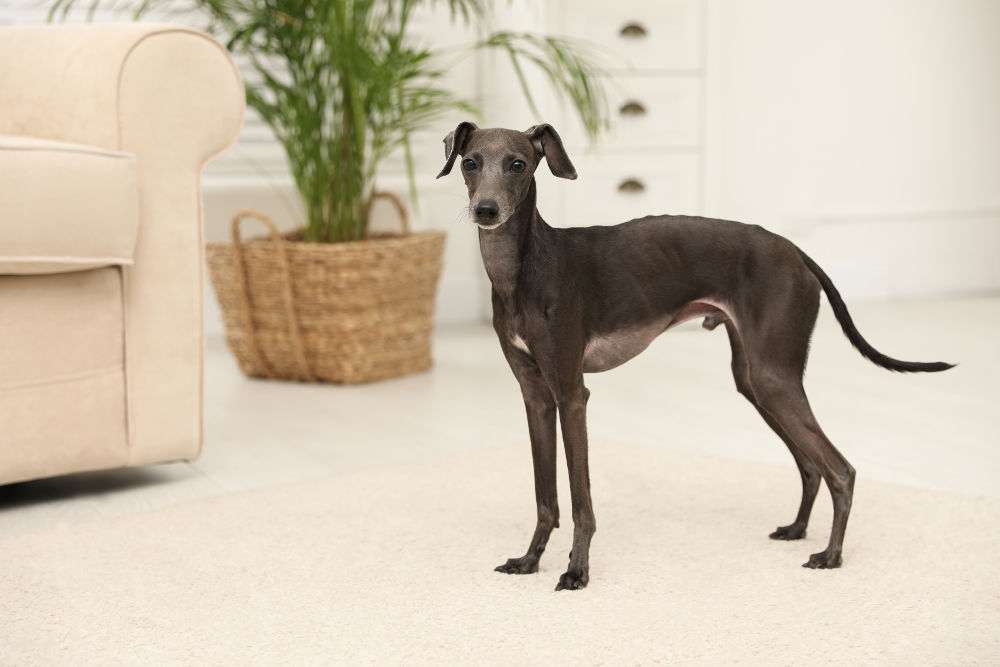
The Italian Greyhound is a small breed of dog that is closely related to the Greyhound. They are known for their slender build and elegant appearance. Italian Greyhounds are intelligent, loyal, and affectionate dogs that can make good companions. They are generally good apartment dogs because they do not require a lot of space and are fairly inactive indoors. However, they do need daily exercise, so it is important to make sure they get plenty of time to run and play outside. Italian Greyhounds are also sensitive dogs and can be a bit anxious or timid, so they may not be the best choice for families with young children or a lot of activity in the home. Overall, Italian Greyhounds can be a good choice for apartment living as long as they receive enough exercise and attention.
Maltese
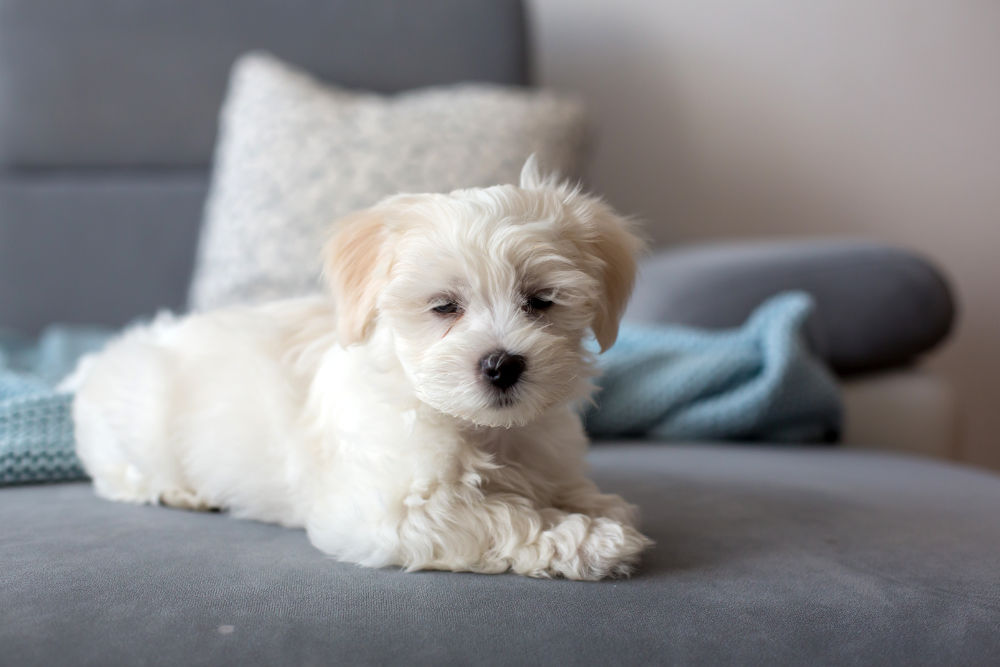
The Maltese is a small breed of dog descended from dogs originating from the Mediterranean Area. The breed name and origins are generally understood to derive from the Mediterranean island nation of Malta. Maltese have long, silky white hair and are known for their gentle and playful disposition. They are active and curious but also can be quite sensitive and should be handled with care. Maltese can be good apartment dogs because of their small size and relatively low exercise requirements. However, Maltese are also known to be vocal, so apartment dwellers should be aware that their dog may bark more than some other breeds. It is important to properly train and socialize your Maltese to prevent excessive barking and other problem behaviors.
Shih Tzu

Shih Tzus are a small breed of dog with a long, silky coat and a playful, friendly personality. They are intelligent and affectionate, and they are known for being good with children and other animals. Shih Tzus are typically energetic and enjoy playtime, but they can also be calm and relaxed when they are at home.
Shih Tzus can be good apartment dogs because they are small and don't require a lot of exercise. However, like all breeds, they do need some daily physical activity and mental stimulation to stay happy and healthy. Even if you live in an apartment, you should be prepared to take your Shih Tzu for daily walks and provide them with enrichment toys and other forms of mental stimulation to keep them entertained.
Bedlington Terrier
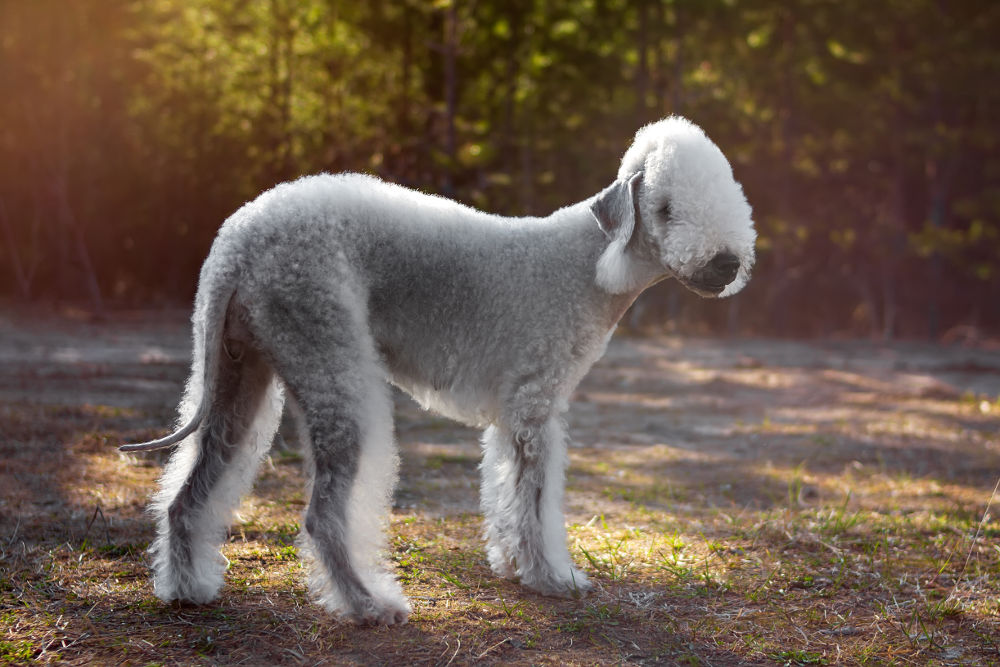
Bedlington Terriers are small to medium-sized dogs that are known for their distinctive appearance. They have a characteristic lamb-like appearance with a soft, curly coat and a pear-shaped head. They are energetic and playful and are generally very good with children. They are intelligent and can be trained to do a variety of tasks. They are also known for their endurance and stamina and make great running or biking companions. As with any breed, it's important to socialize Bedlington Terriers from an early age and provide them with plenty of mental and physical exercise. They can be prone to certain health problems, such as liver disease and hip dysplasia, so it's important to work with reputable dog breeders and to follow a regular preventative healthcare routine with your veterinarian. They are energetic and playful and need regular opportunities to run and play. They can be good apartment dogs as long as they are given enough opportunities to exercise and are not left alone for long periods of time.
Miniature Pinscher
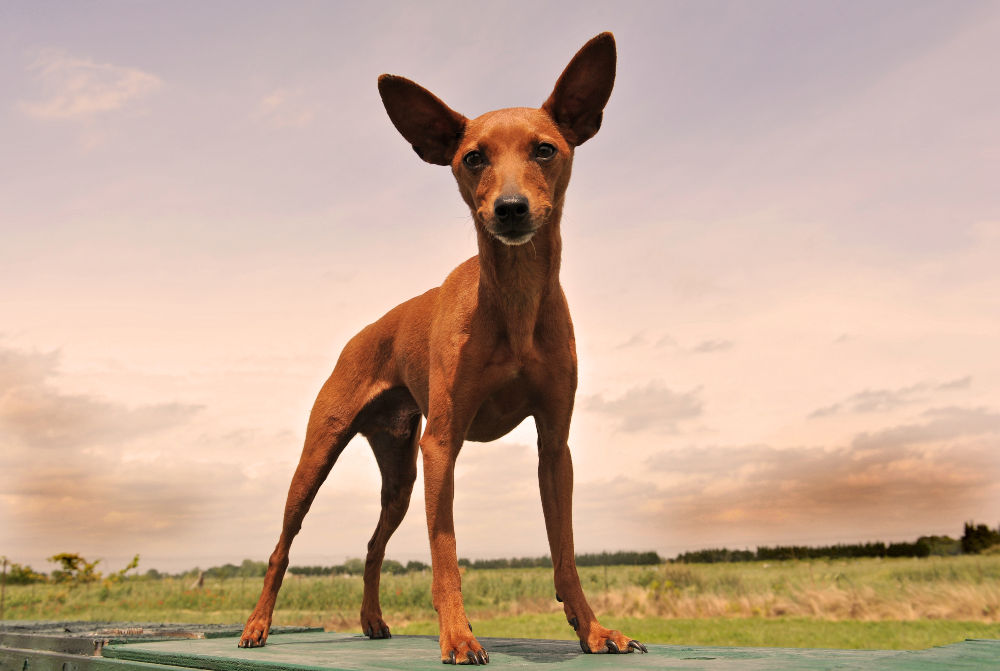
Miniature Pinschers, also known as "Min Pins," are a small breed of dog that are known for their energetic and playful personalities. They are intelligent and are often easy to train, though they can also be stubborn at times. Min Pins are generally good with children in their family and other pets, although they may be a bit reserved with strangers. They make great apartment dogs thanks to their small size, but they are prone to barking, so training them to be quiet on command is important. Min Pins are generally healthy dogs, but like all breeds, they can be prone to certain health issues, such as hip dysplasia and thyroid problems. They are also prone to being overweight, so it is important to monitor their diet and ensure they get enough exercise. Overall, Min Pins are energetic and loyal and make great companions in any home.
Lhasa Apso
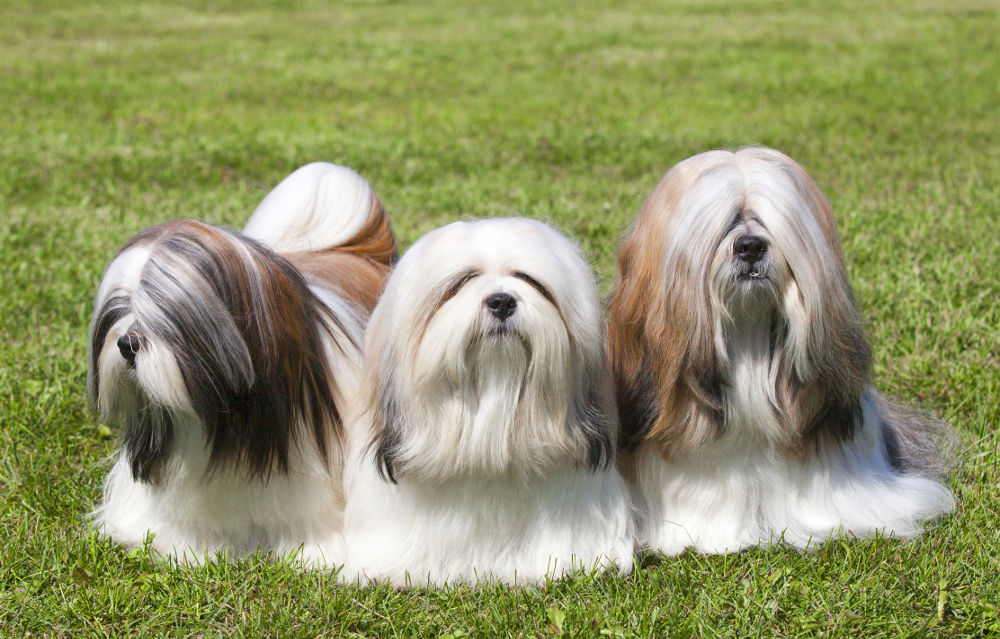
The Lhasa Apso is a small breed of dog native to Tibet. They are known for their long, thick coats, which can be any color, and their alert and playful personalities. Lhasa Apsos are intelligent and independent, and they are often used as watchdogs because of their keen sense of hearing and their tendency to bark when they sense danger. They are affectionate with their families and generally good with children, but they can be reserved with strangers. They are also known to be strong-willed and may require consistent training and socialization to prevent them from becoming stubborn or difficult to manage.
Lhasa Apsos can adapt to apartment living as long as they get enough exercise and attention. They are small dogs and don't need a lot of space, but they do have a lot of energy and need to be taken on daily walks or given some form of physical activity. They are also intelligent and independent, so they can entertain themselves with toys or puzzles if they are left alone for short periods of time. However, Lhasa Apsos do have a tendency to bark, so if you live in an apartment building, you may want to work on training your dog to bark less. Also consider providing them with plenty of mental and physical stimulation to keep them from barking out of boredom.
Cavalier King Charles Spaniel
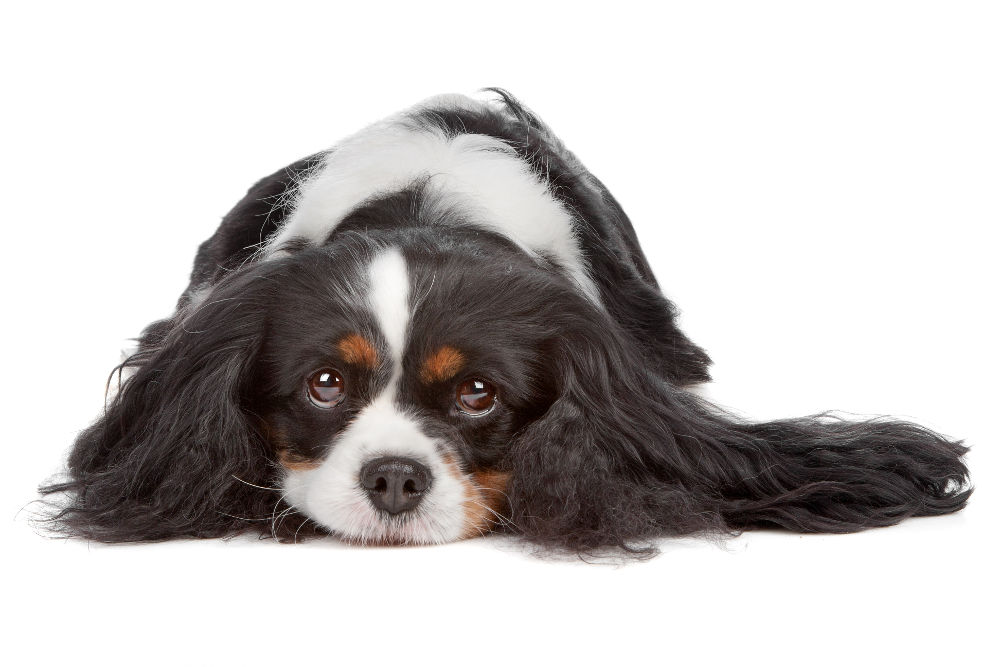
The Cavalier King Charles Spaniel is a small breed of dog that is descended from the toy spaniels that were popular in the royal courts of Europe in the 16th, 17th, and 18th centuries. They are known for their long, silky ears and their friendly, affectionate nature. Cavaliers are good with children and make excellent companion dogs. They are generally very easy to train and are eager to please their owners. They are also intelligent and can learn new tricks and commands quickly. They are generally good with other dogs and pets and are not known to be aggressive. Cavaliers are a good choice for people who want a small, friendly, and affectionate dog that is easy to care for. They don't need much space to live, but they do require regular exercise to keep them healthy and happy. So long as their needs are met, they can do quite well in apartment settings.
ConclusionChoosing the best dog breed for an apartment requires careful consideration of a variety of factors, including size, energy level, and of course, noise level. Some smaller and lower-energy breeds, like the French Bulldog or the Shih Tzu, are well-suited to apartment living and can thrive in a smaller living space. Others, like the Siberian Husky or the Australian cattle dog, may be itching to get out of the apartment and get back to pulling sleds or herding sheep! However, it is important to keep in mind that every dog is unique, and some larger breeds, especially the lazier ones, may be perfectly happy living in an apartment. Ultimately, the best dog breed for an apartment is one that matches your lifestyle and fits well into your living environment.
FAQ
Can apartment charge pet rent for esa?
According to the Fair Housing Act (FHA) and guidelines from the U.S. Department of Housing and Urban Development (HUD), housing providers, including apartment complexes, are required to make reasonable accommodations for individuals with disabilities who have an emotional support animal (ESA). Under the FHA, a landlord cannot charge a pet fee or pet deposit for an ESA as it is not considered a pet. However, a landlord may be allowed to charge an additional fee if the animal causes damage to the property beyond normal wear and tear, as they would for any other tenant.
Pet apartment rules?
Apartment complexes may have specific rules and regulations regarding pets, and it's important to check with your landlord or property management company to understand what is allowed in your building. Some common pet rules in apartments include: Breed and size restrictions: Some apartments may restrict certain dog breeds or sizes, such as pit bulls or large breeds, due to liability concerns or space limitations. Pet deposits or fees: Apartments may require a pet deposit or fee to cover any potential damage caused by pets. Leash laws: Many apartments require pets to be on a leash when outside of the apartment. Noise regulations: Pets that bark, meow excessively or create other disturbances can be a source of annoyance to neighbors. Apartments may have rules in place to regulate noise levels of pets. Cleaning up after pets: It is generally expected that pet owners clean up after their pets when they are outside. Pet limits: Some apartments may limit the number of pets a tenant can have. Registration: Some apartments may require that pets be registered with the property management company or landlord.
Why do so many apartments not allow pets?
There are several reasons why some apartment complexes may not allow pets, or may have strict rules and regulations regarding pets: Liability concerns: Property owners may be concerned about potential liability issues if a pet causes damage or injury to other tenants or their property. Property damage: Pets can cause damage to the apartment units, such as chewing on furniture or scratching walls and floors. Noise complaints: Pets that bark, meow excessively, or make other loud noises can cause disturbances and complaints from neighbors. Allergies: Some people may have allergies to pets, which can cause health problems and may make it difficult to rent an apartment if there are pets present. Cleaning costs: Pet owners may not always clean up after their pets, which can result in increased cleaning costs for the apartment complex. Odor concerns: Pets can sometimes create unpleasant odors, which can be difficult to eliminate and may linger even after the pet has left.
What is a typical pet fee for an apartment?
The cost of a pet fee for an apartment can vary depending on a number of factors, such as the location of the apartment, the size and type of the pet, and the policies of the specific apartment complex. Some apartments may charge a one-time fee while others may require a recurring fee, such as monthly or annually. On average, a pet fee for an apartment can range from $100 to $500 or more. Additionally, some apartments may require a pet deposit, which is typically refundable as long as the apartment is left undamaged after the pet moves out.

